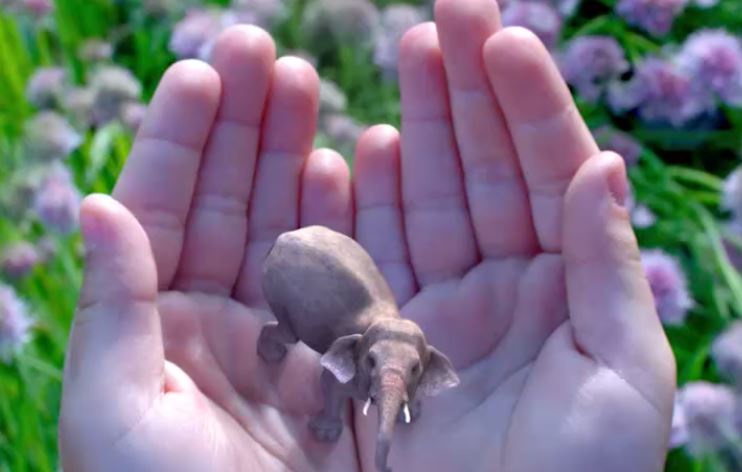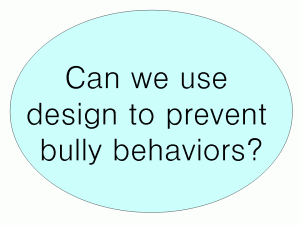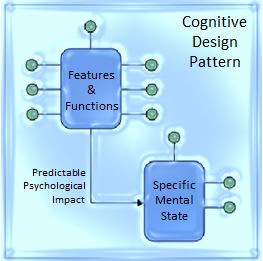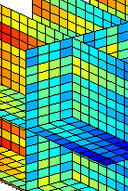 Every year organizations and individuals spend billions of dollars and countless hours to develop soft-skills. These include personal productivity and interpersonal skills such as communication, teamwork, creativity, assertiveness, influence, self control, time management and the ability to work well under pressure. Often developing soft-skills are part of a larger attempt to build even broader competencies in areas such as leadership, innovation, emotional intelligence or personal effectiveness.
Every year organizations and individuals spend billions of dollars and countless hours to develop soft-skills. These include personal productivity and interpersonal skills such as communication, teamwork, creativity, assertiveness, influence, self control, time management and the ability to work well under pressure. Often developing soft-skills are part of a larger attempt to build even broader competencies in areas such as leadership, innovation, emotional intelligence or personal effectiveness.
Building soft-skills means reading how-to books, taking seminars, being coached and doing developmental exercises or projects. While such efforts can lead to increased motivation and conceptual knowledge they often fail to produce behavior change and improved business or personal outcomes. I have dramatized the situation for a hypothetical training class below.

While most participants in the training class will give high marks to the experience (happy! score on evaluations) and pass a quiz demonstrating conceptual knowledge, few will achieve lasting behavior change that translates into improved organizational or personal outcomes (e.g. increased sales or weight loss).
The question is what are the people at the lower right of this graph doing that others are not?
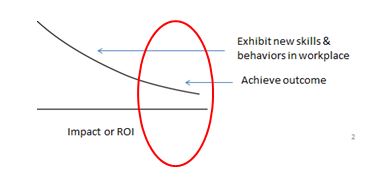
They are showing a positive deviance that we need to understand. They have mastered a technique or small set of vital behaviors for converting general advice and how-to knowledge that they glean from reading and training into new outcomes. If we can understand and replicate that we have an opportunity to dramatically improve the impact of our investment in soft-skills.
I have conduct several studies aimed at answering that question. The results are clear. People getting the most out of soft-skill development efforts are able to take the macro-scale concepts and techniques taught in books and seminars and break them down down into small short experiments they can try in a real setting on a regular or daily basis. In short, they are natural born micro-learners or they have coaches that are.
I am going to discuss these studies and how we can use the results to improve the impact of soft-skills development at the Online Learning Conference in Chicago that runs September 17-19 at the McCormick Place Lakeside Center. I will be doing three speed sharing best practice sessions on Thursday morning 8:15-9:00 am. You can access the supporting handout HERE.
Hope to see you there.

